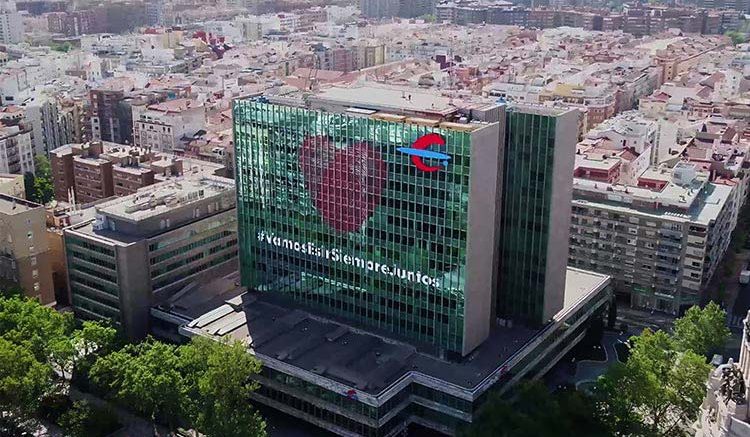Ibercaja Banco (BB+ e, BB+ p) intends to list on the Spanish stock exchange early next year, according to Expansión newspaper. Ibercaja posted Q3’21 results which showed net profit for the quarter amounted to €72mn, up from €55mn in Q2’21 and €42mn a year earlier. This translated into a RoE of 6.62% in Q3’21, up from 6.46% in the previous quarter and 4.79% a year ago.
The absolute number of published non-performing loans declined slightly, in line with the long-term trend. Together with foreclosed properties, they represented around 4.4% of risk exposures at end-September 2021, down from 4.6% in Q2’21 and 5.4% in Q3’20. At the same time, provisioning coverage continued to improve to close to 66% of NPLs (including NPLs and problem assets) in Q3’21. The CET1 fully-loaded ratio was 12.8% in Q3’21, 10 bp higher than in Q2’21.
Banco Santander’s analysts were “neutral” on the bank a few weeks ago:
“We continue to believe that Ibercaja’s risk-adjusted solvency is modest compared to its European peers. It should also be noted that the bank’s solvency could come under further pressure in the future, given that it has started to pay out dividends, with a payout of 50%, following the recent lifting of the regulatory ban on dividend payouts…. We believe that Ibercaja’s trends show pressure on its already modest profitability. Our recommendation also takes into account Ibercaja’s more pressured financial profile compared with some of its peers. Plus the difficulty of meeting its strategic objectives (including its financial plan, as well as the long-contemplated plan for an IPO).
The results of the bank’s core banking business remain under pressure from a low interest rate environment. This has a greater impact on Ibercaja due to the corresponding effect on the rate review of its mortgage portfolio (which the bank has confirmed already fully reflects current rates). The good performance of Ibercaja’s fees and commissions in the third quarter, in line with the bank’s increased activity in asset management and insurance distribution, has cushioned the impact of the compression of net interest income. We also expect the new strategic plan’s focus on sustained cost improvement to help the bank improve its relatively weak efficiency indicators (the bank’s recurrent efficiency ratio was 64% in Q3’21). The bank expects around 66% of planned staff cuts to be implemented by end-2021 and most of the cost savings to be realised by 2022″.





